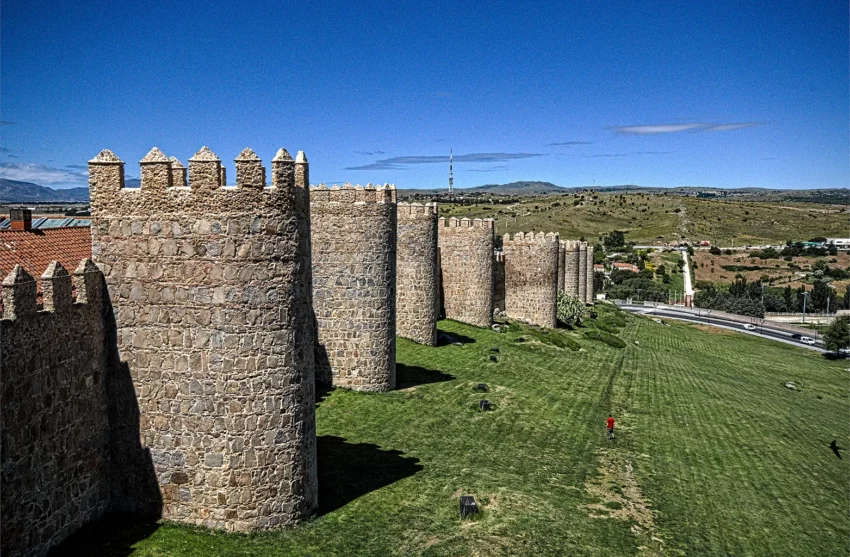The Majestic Walls of Ávila: A Journey Through Time
The Walls of Ávila, built between the 11th and 14th centuries, stand as a testament to medieval fortification and architecture in Spain. These walls are the most complete and best-preserved medieval fortifications in the country. The Old Town of Ávila, including its walls and extramural churches, was declared a UNESCO World Heritage Site in 1985.
Get your dose of History via Email
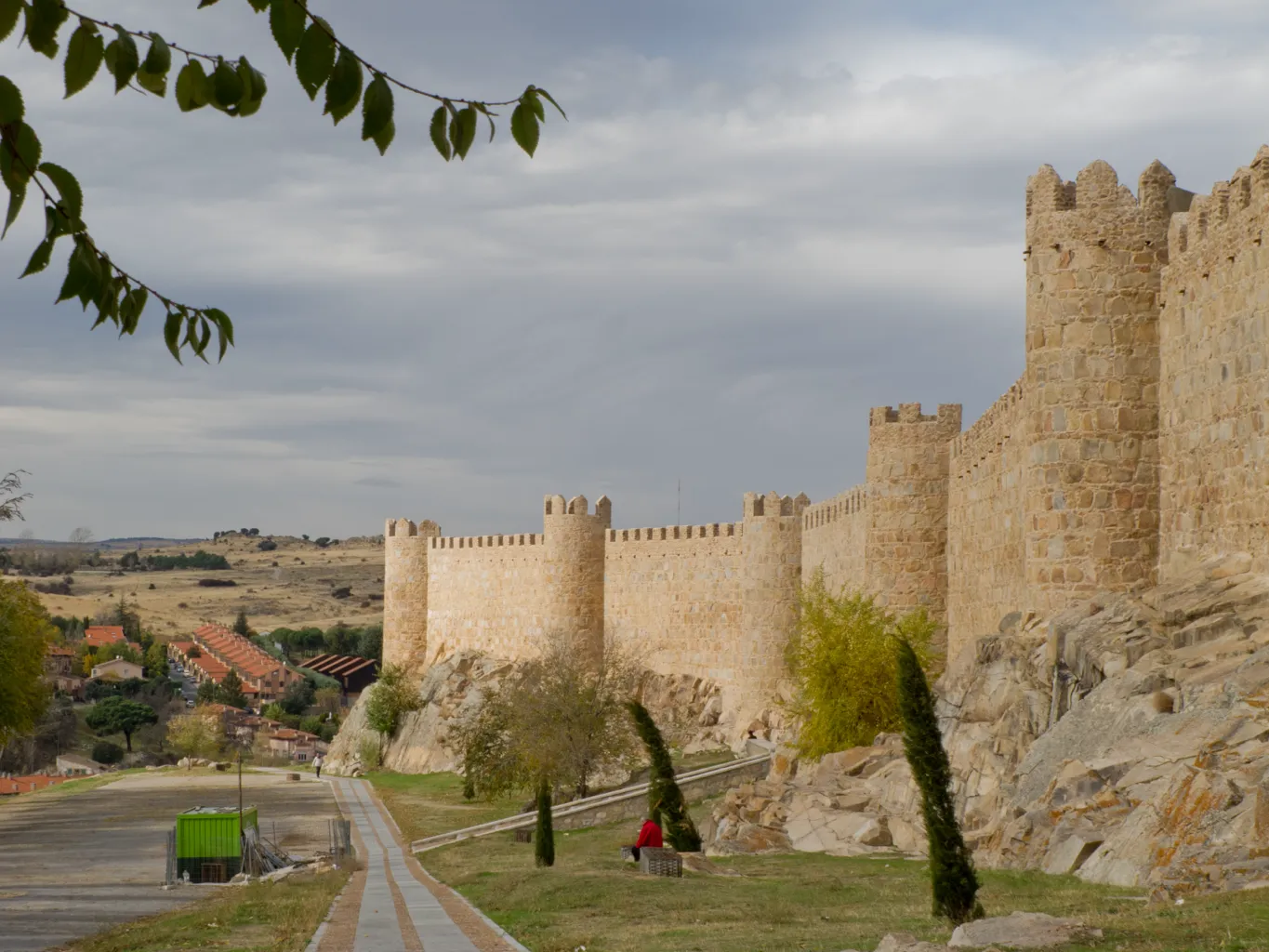
Historical Significance
Construction of the walls began in 1090, with significant rebuilding occurring in the 12th century. The enclosed area forms an irregular rectangle of 31 hectares, with a perimeter of 2,516 meters. The walls, averaging 3 meters in width and 12 meters in height, boast 88 semicircular towers. The nine gates, completed at different times, include the prominent Puerta de San Vicente and Puerta del Alcázar, each flanked by twin towers and linked by semicircular arches.
Architectural Marvel
The walls of Ávila are an architectural wonder. The perimeter is punctuated by gates and towers, offering a glimpse into medieval defense mechanisms. The Puerta de San Vicente and Puerta del Alcázar, with their 20-meter-high towers, serve as iconic entrances to the city. These structures are not just functional but also aesthetically pleasing, showcasing the skill and craftsmanship of medieval builders.
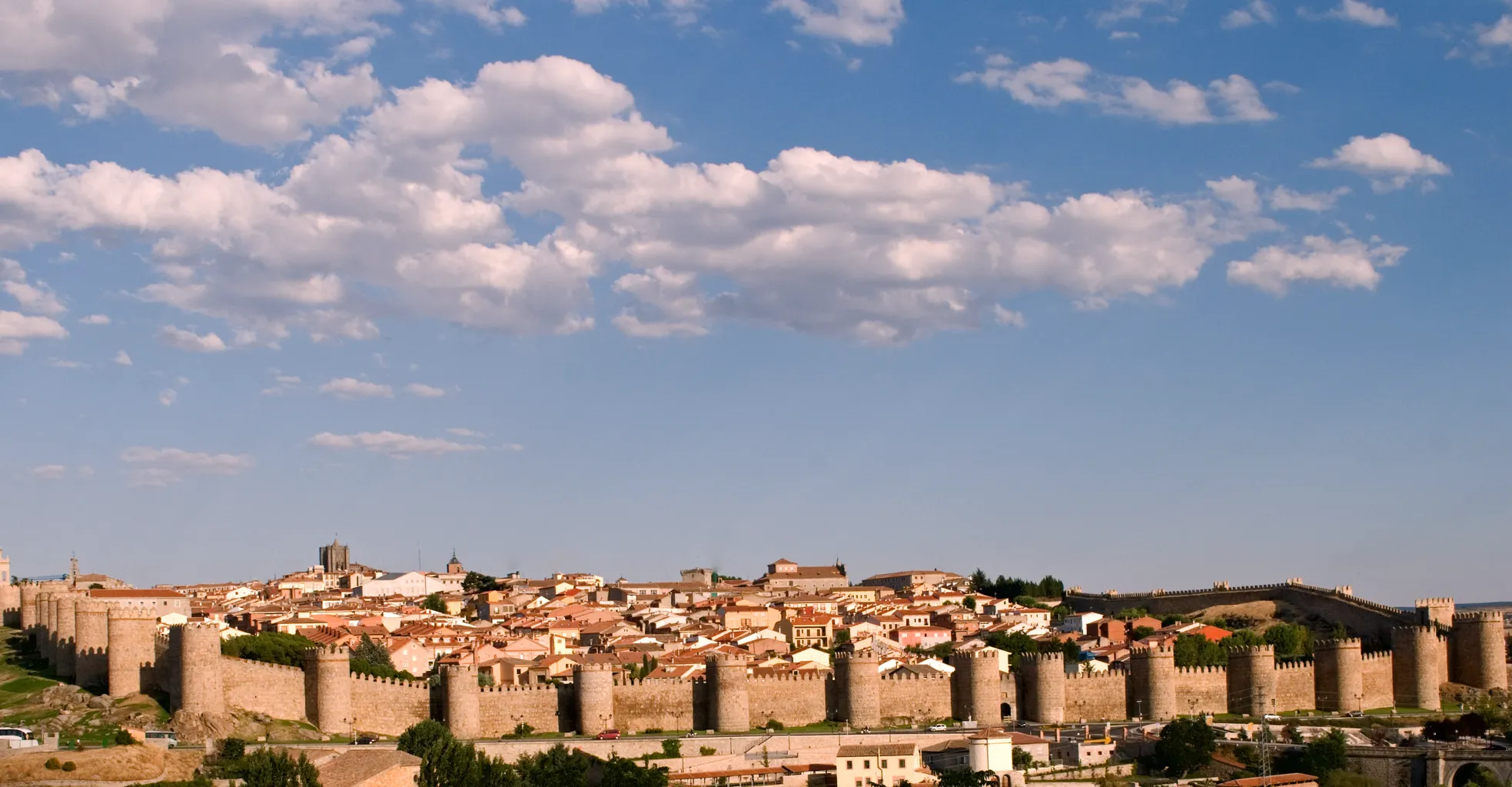
Walking the Walls
Today, visitors can walk along roughly half of the walls’ circumference, enjoying panoramic views of the city and surrounding landscapes. While some sections remain integrated into other structures and are thus inaccessible, large stretches have been made safe for pedestrians. This walk offers a unique perspective on the city’s history and architecture.
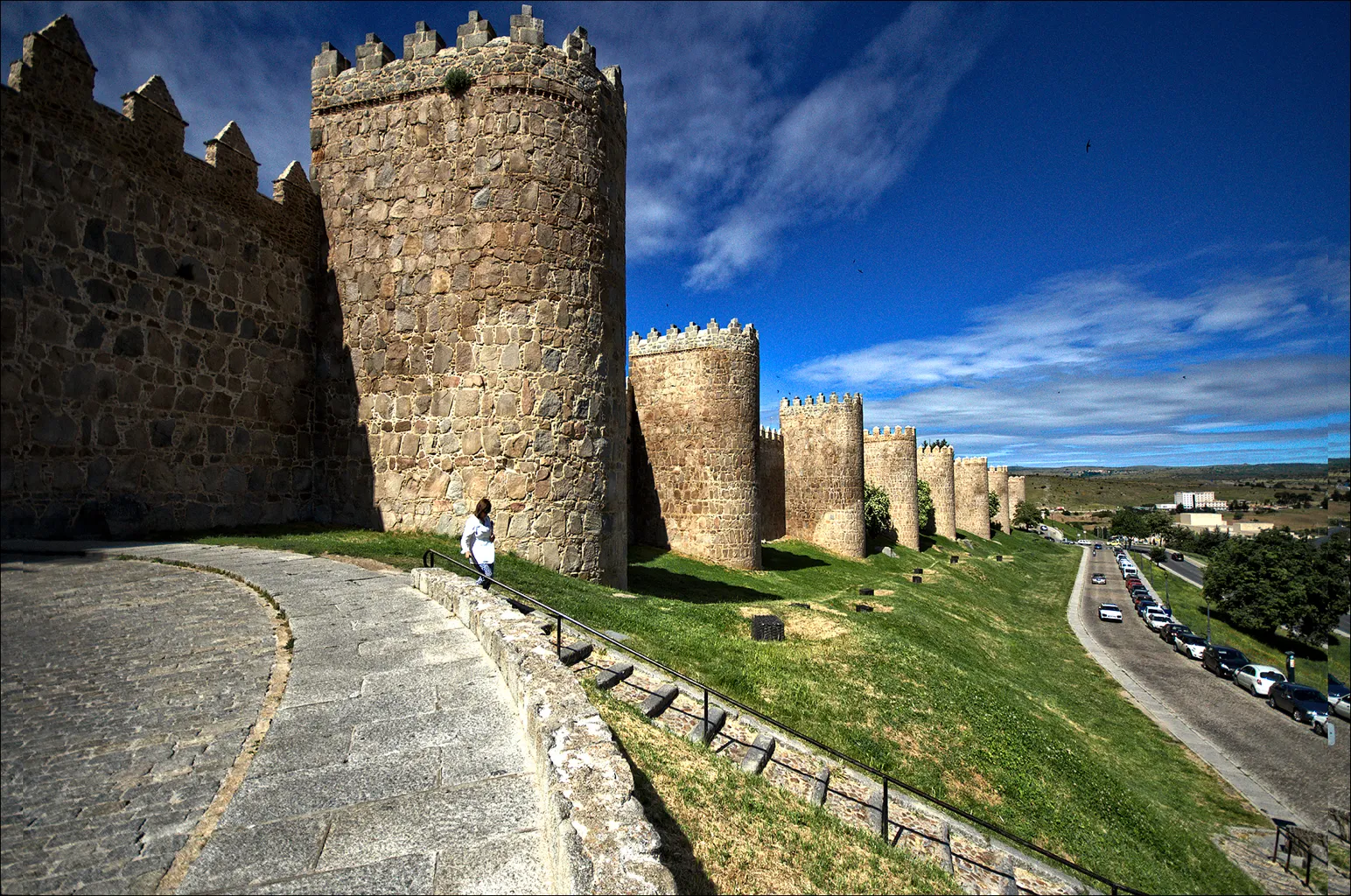
UNESCO World Heritage Site
The inclusion of Ávila in the UNESCO World Heritage list highlights its Outstanding Universal Value. The city’s layout, with its fortified walls, Romanesque churches, and medieval urban fabric, presents a complete picture of a medieval fortified city. The site includes the walled town and several extramural churches, such as San Segundo, San Andrés, San Vicente, and San Pedro. In 2007, additional churches and convents were added to the inscribed property, enhancing its historical and cultural significance.
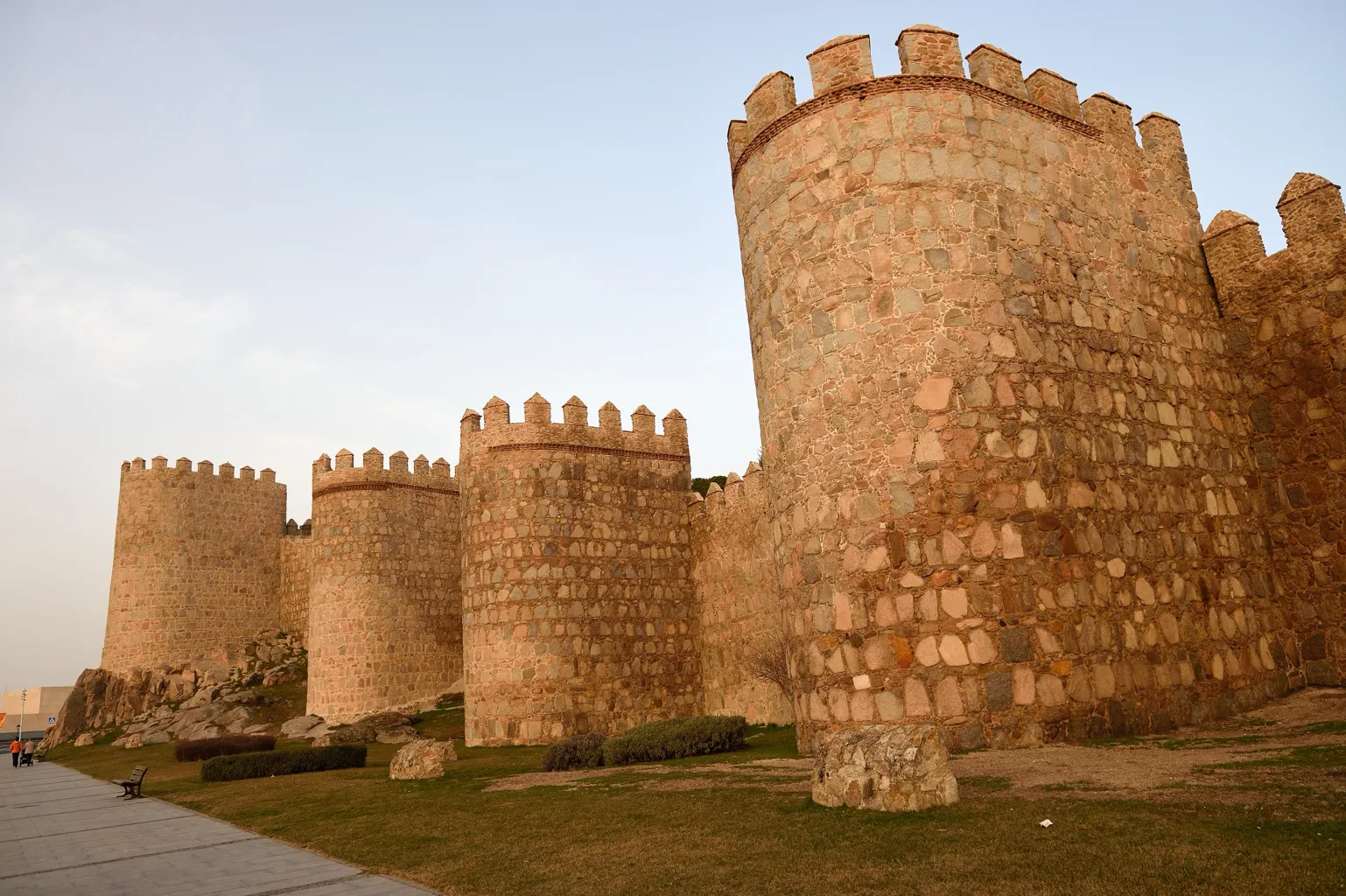
Criterion for World Heritage Status
Ávila’s status as a World Heritage Site is based on its outstanding example of a medieval fortified city and its reflection of the Kingdom of Castile’s repopulation policy following the Reconquest of Toledo. The city’s walls, intra-muros (within the walls) town, and extra-muros churches represent the magnificence of the medieval city and its Golden Age in the 16th century.
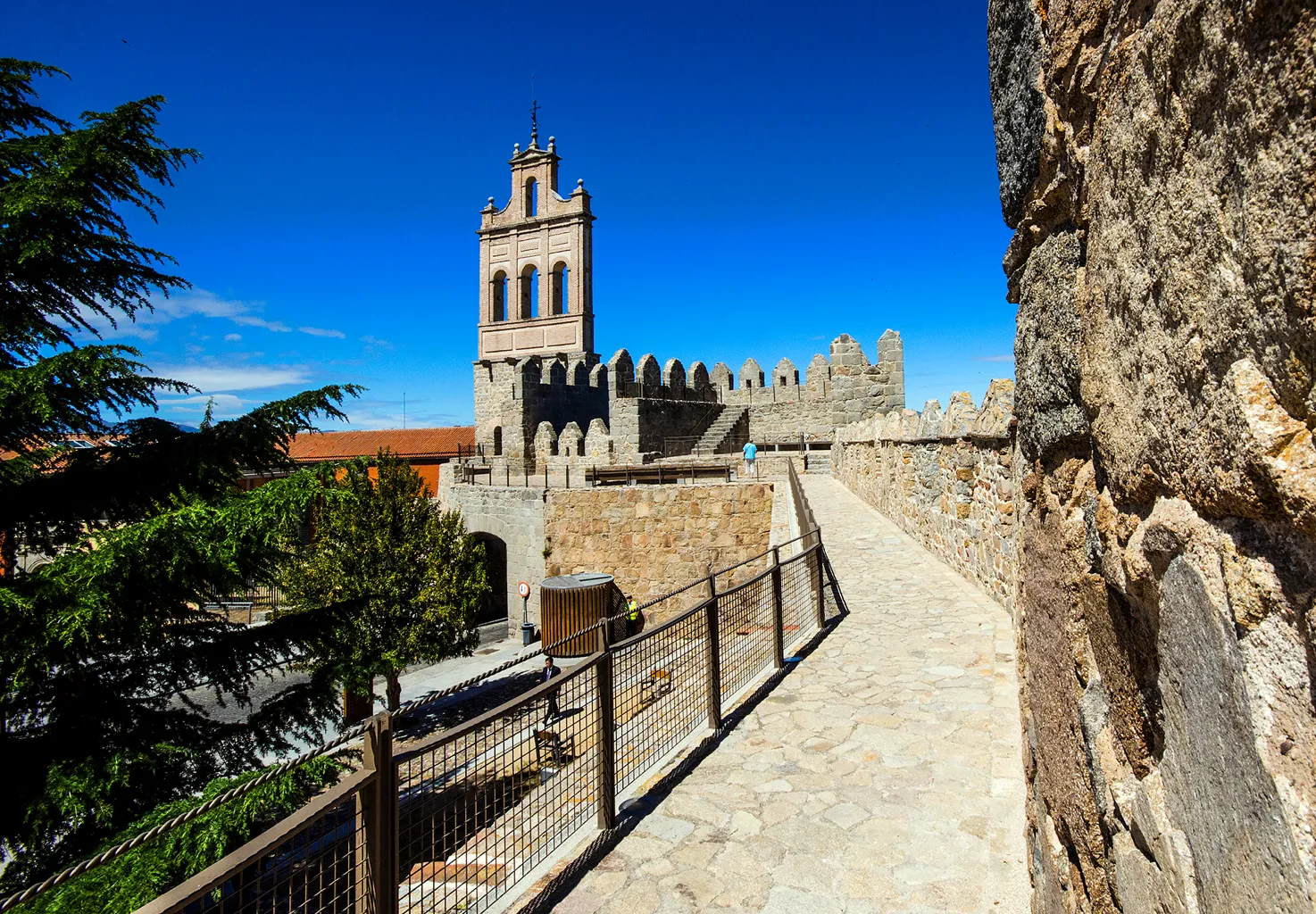
Integrity and Authenticity
The Walls of Ávila and its associated monuments maintain their integrity and authenticity. Early legal protection has ensured the preservation of key features, such as form, design, location, and setting. The town’s urban layout and medieval traces remain intact, despite the typical changes of a living city. Restoration and maintenance efforts have adhered to strict cultural heritage principles, preserving the site’s historical and architectural value.
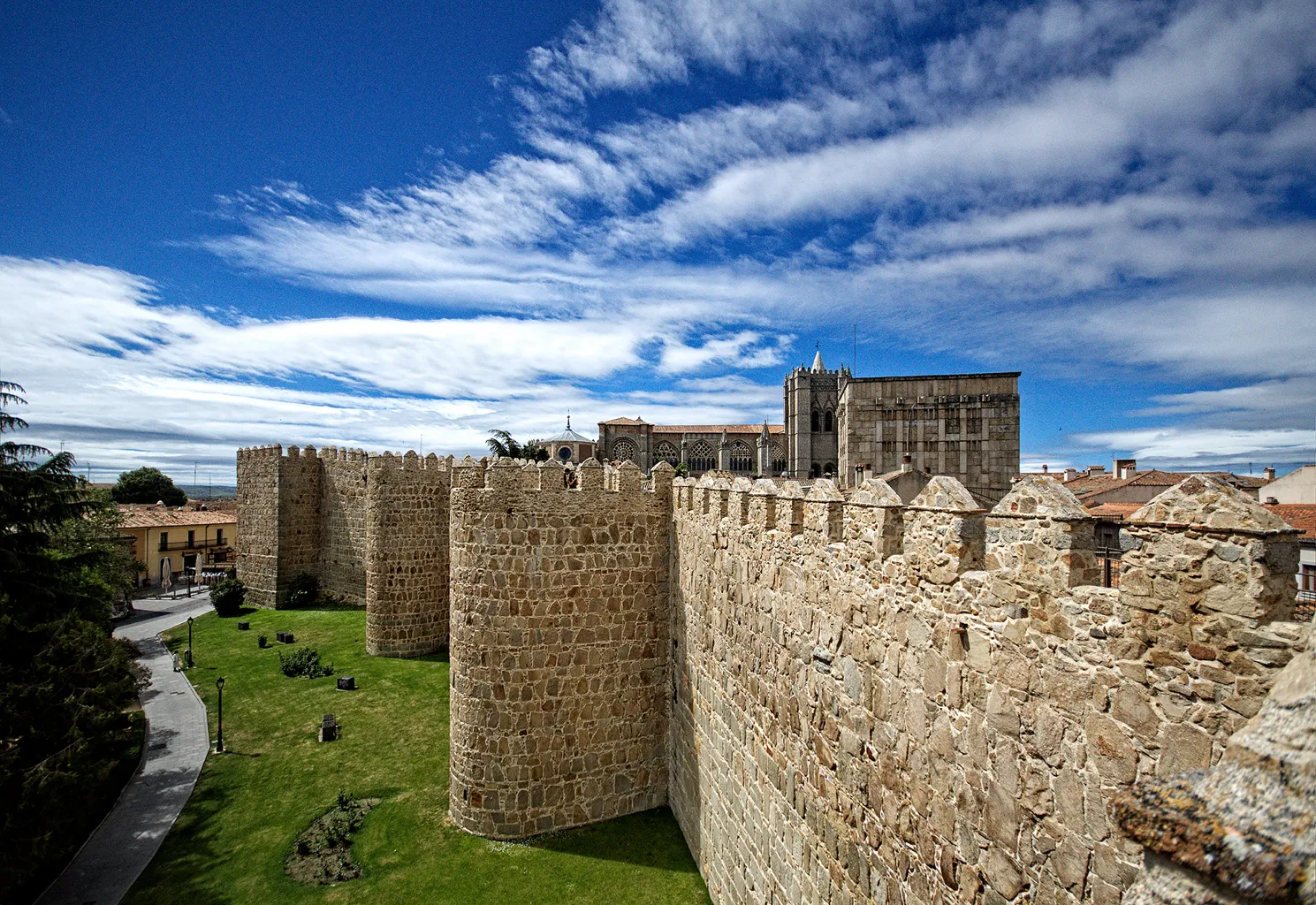
Protection and Management
Ávila’s designation as a Historic Site in 1982 and the classification of its walls as a National Monument provide a robust framework for protection and management. Current laws require administrative authorization for any intervention, ensuring that all projects comply with cultural heritage principles. A draft Management Plan, in collaboration with regional and local authorities, aims to safeguard the site’s Outstanding Universal Value while addressing modern challenges such as urban development and tourism.
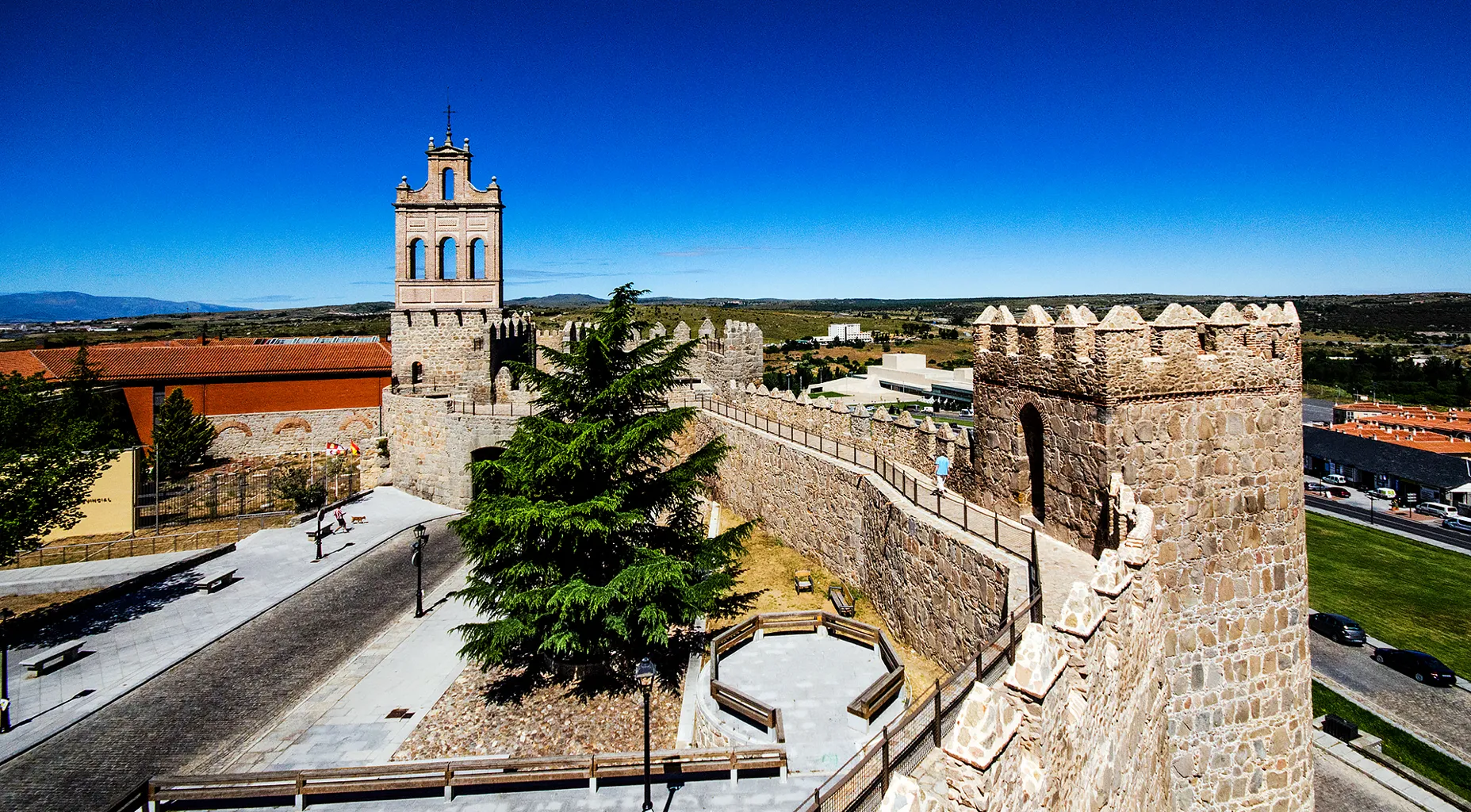
Promoting and Preserving Ávila’s Heritage
Several initiatives have been undertaken to promote and preserve Ávila’s cultural heritage. The establishment of the World Heritage Cities Centre at the Palacio de los Verdugo serves as a hub for research and evaluation. The City Council has focused on improving accessibility and managing urban mobility, ensuring that the site remains accessible and enjoyable for visitors. Educational programs aim to promote knowledge of World Heritage among schoolchildren, fostering a new generation of heritage stewards.
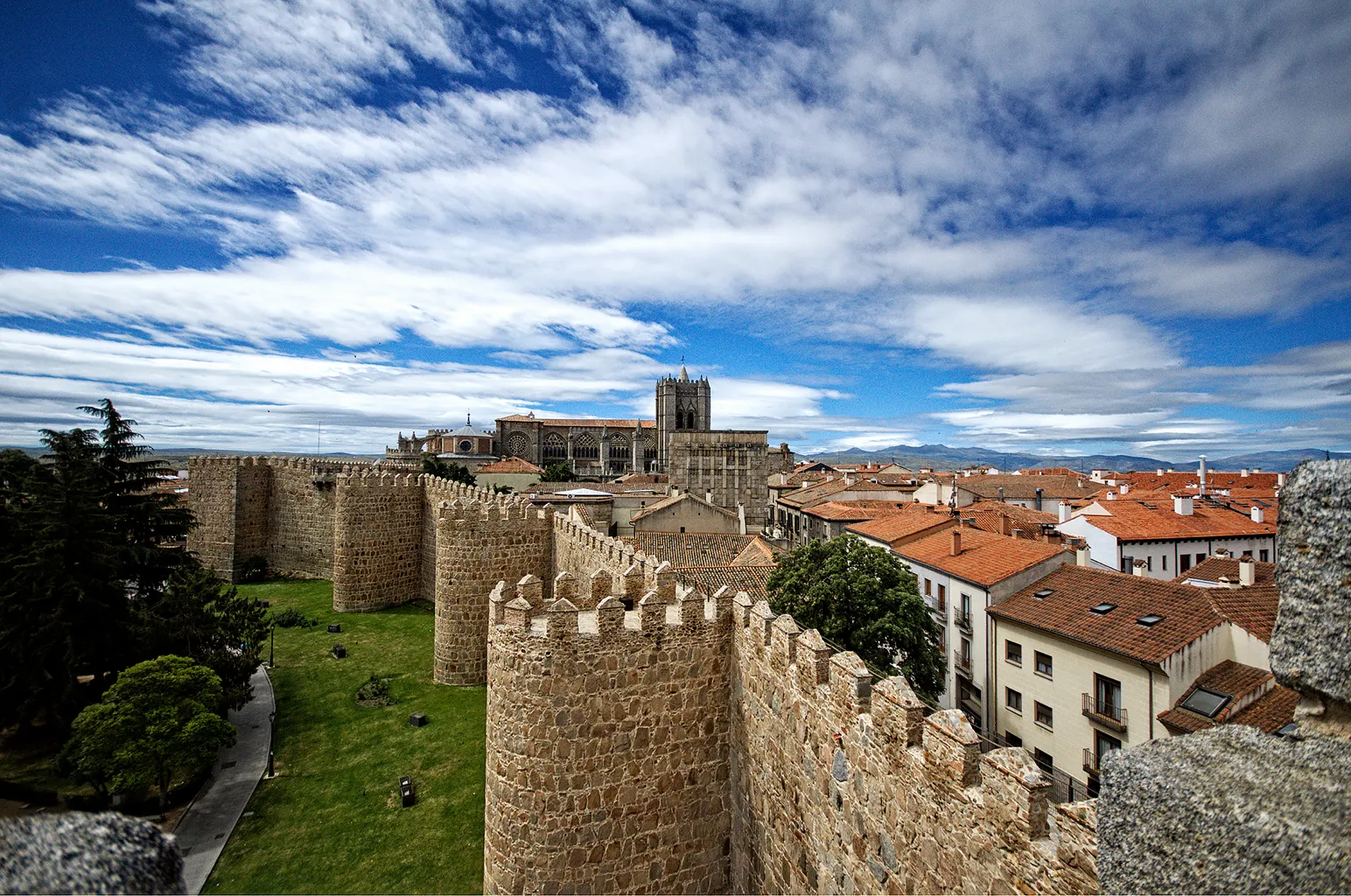
Conclusion
The Walls of Ávila are more than just a historical monument; they are a living testament to the city’s rich past and enduring legacy. As visitors walk along these ancient walls, they are transported back in time, experiencing the grandeur and resilience of a medieval fortified city. Through careful preservation and promotion, Ávila continues to captivate and inspire, standing as a symbol of Spain’s cultural and architectural heritage.
Sources:

